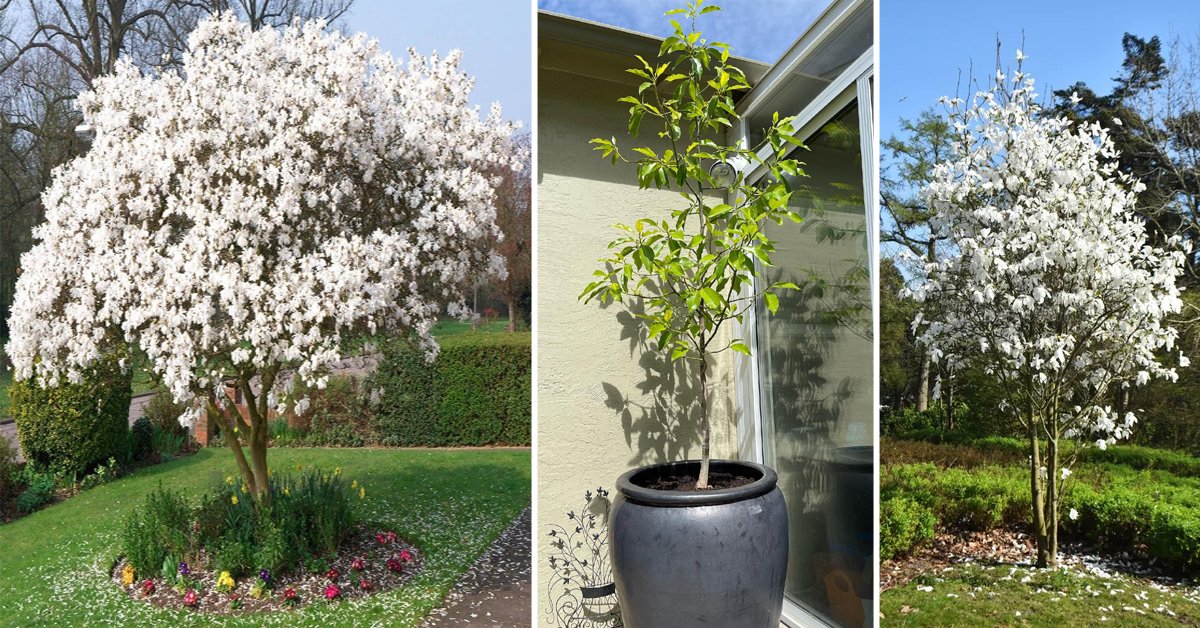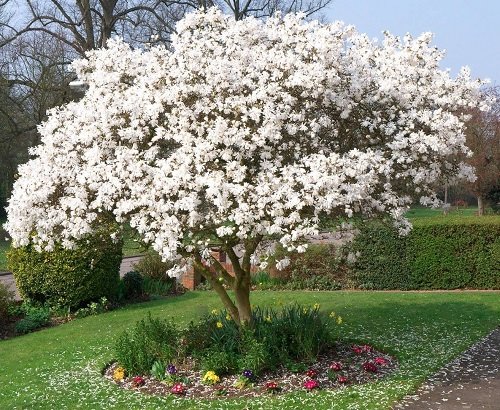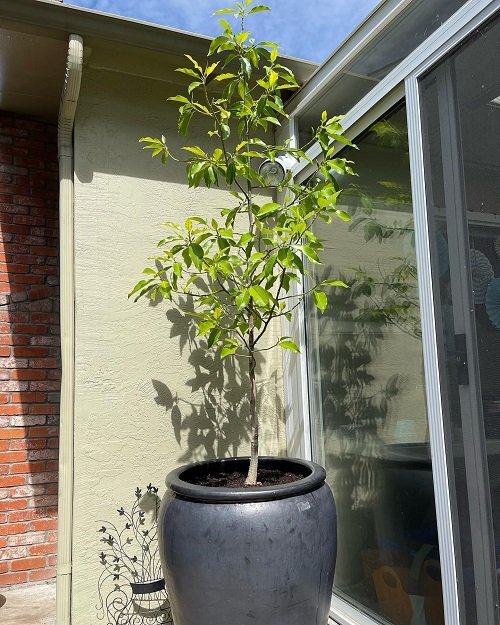
Growing Magnolia Alba | White Champaca Easy Care Guide
Magnolia Alba, with its mesmerizing white flowers, can make a beautiful addition to the garden. Learn the art of farming!”

Discover the art of nurturing Magnolia Alba, or White Champaca, with our comprehensive guide. From planting tips to expert care, it’s designed for both novice and experienced gardeners. Ensure your Magnolia Alba thrives, adorning your space with its mesmerizing white blossoms. Cultivate this enchanting tree and watch your gardening skills flourish.
Different kinds of Plumeria
Magnolia Alba Information
Welcome to our comprehensive guide on growing Magnolia Alba, also known as White Champaca. If you’re eager to cultivate these exquisite white blooms in your garden and want to learn the secrets to effortless Magnolia Alba care, you’re in the right place. In this guide, we’ll walk you through the steps to ensure your White Champaca thrives and graces your garden with its captivating beauty. Whether you’re a seasoned gardener or just starting, you’ll find valuable tips and insights to make the process easy and enjoyable. Let’s dive in and unlock the secrets of growing Magnolia Alba.
Binomial name: Magnolia × Soulangiana “Alba”
Zone: 8a to 11b: from 10 °F (−12.2 °C) to 50 °F (+10 °C).
Variations of White Champaca
It’s important to note that “White Champaca” can refer to several different plants with similar characteristics. Here are a few possibilities:
Plumeria alba:
Common Names: White Frangipani, White Champa, West Indian Jasmine
Scientific Name: Plumeria alba
Michelia alba:
Common Names: White Champa, White Champaca, White Sandalwood, White Jade Orchid Tree
Scientific Name: Michelia alba
Magnolia champaca (White-flowered variety):
Common Names: White Champa, White Champaca, White Joy Perfume Tree
Scientific Name: Magnolia champaca
Propagating Magnolia Alba

Explore the propagation methods that allow the enchanting Magnolia Alba to flourish in your garden. Here’s a step-by-step guide to successfully propagate this elegant tree:
1. Softwood Cuttings:
- Take softwood cuttings from spring to early summer, about 4 inches (10 cm) long.
- Remove lower leaves, pinch the stem tip, and dip the cut end in rooting hormone.
- Plant the cuttings in a container with suitable compost, ensuring holes along the edge for proper positioning.
- Thoroughly water the cuttings after planting, cover them with a polythene bag, and place them in a warm spot.
- Open the bag twice a week to allow fresh air circulation.
- Maintain consistent moisture during the rooting process.
- Gradually acclimate rooted cuttings to outdoor conditions once they are established.
- Transplant the rooted cuttings to individual pots, enhancing leaf development with improved airflow.
2. Seeds:
- Collect fully ripe seeds from mature pods.
- Plant seeds in well-draining soil, maintaining consistent moisture and warmth for germination.
3. Grafting:
- Preserve desirable traits through grafting.
- Select a compatible rootstock and make a clean cut.
- Attach a scion from the desired Magnolia Alba plant and secure the graft.
- Protect the graft until it is established.
4. Air Layering:
- Promote root growth on a branch attached to the parent plant.
- Girdle a section of the branch, apply rooting hormone, and cover with moist moss.
- Roots will develop in the covered area.
By mastering these techniques, you can perpetuate the allure of Magnolia Alba, adding its elegance to your garden’s tapestry.”
Requirements and Care for Magnolia Alba

Location
Magnolia Alba thrives in full sun to partial shade, ideally getting 6 to 8 hours of direct sunlight daily.
Soil
Magnolia Alba thrives in slightly acidic to neutral soil (pH 5.5 to 7.0), Ensure well-draining, slightly acidic to neutral soil enriched with organic matter.
Water
Provide sufficient water, especially in summer, without consistently wetting the soil.
Fertilizer
Fertilize established trees every 2-3 years in early spring using suitable products like granulated, slow-release, liquid, organic, or synthetic fertilizers. Follow package directions to avoid over-fertilization and choose a balanced formula such as 10-10-10 for trees and shrubs. For young trees, opt for a 15-15-15 N-P-K ratio, while mature trees benefit from 7-9-5 N-P-K ratio blooming fertilizers, enhancing health and flowering.
Pruning
Magnolia Alba’s inherent neatness means pruning is seldom required. Yet, light seasonal grooming enhances its look. To maintain its optimal shape, trim problematic growth like suckers, water sprouts, or dead branches using sturdy pruning shears. Selective removal maintains its well-groomed appearance.
Pests and Diseases
Magnolia Alba typically resists pests; however, scales might infest twigs. In such cases, the common Magnolia scale can be managed using horticultural oil. While diseases are infrequent, leaf spots and cankers can occasionally appear. In the event of these issues, it’s essential to prune affected branches, ensure regular fertilization, and address Verticillium wilt if detected.
Conclusion
Magnolia Alba in your garden requires careful attention to these key factors. Selecting the right location, providing suitable soil, managing watering, fertilizing as needed, and minimal pruning are all essential. Additionally, staying vigilant against pests and addressing diseases promptly will help ensure that your garden flourishes with the captivating presence of Magnolia Alba.




Average Rating